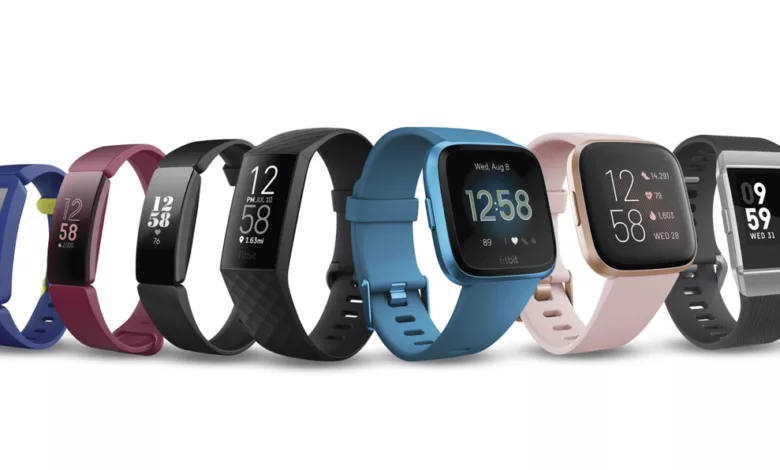Are You Fit for a Bit of Wearable Tech?

I used to be fit. Kind of.
I used to run daily and log my distance, heart rate and calorie intake. Then came love, marriage, and the baby carriage — life, interrupted.
Forty years later, three of my four doctors have told me I need to be more active. Two suggested using an activity tracker.
Well, they didn’t say “activity tracker.” They said, “Fitbit.”
I balked. I usually balk — and bristle! — at any company or term that grows so dominant it’s the only example one can think of.
I have to admit: Fitbit has excellent wearable technology, a term that rose from the primeval ooze of the wireless ECG (electrocardiogram) in the 1980s to today’s e-tattoos (digital tattoos that track glucose, hydration, and more).
Wearable health trackers come in all shapes, sizes, and price ranges, with functions as simple as large-text pedometers to app-based, data-collecting, stat-compiling mini machines.
And there are several companies from which to choose. Watch-, strap-, and clip-on trackers are available from Apple, Samsung, Garmin, and Polar. There are even rings from Motive, Keydex, and Jakcom. Prices range from $14.99 pedometers to $500+ smartwatches with all the bells and whistles, including GPS tracking and plotting capabilities.
Personally, I am shopping for a large display tracker in the $100-range that is easy to use. I want it to measure steps, calories, heartrate, and distance travelled — not so much sleep quality, stairs climbed, or route-tracking. Battery life is important, so as to avoid another device with a required nightly recharge.
Some trackers are more rugged than others, which is important when wrestling with grandkids.
But since scuba and surfing days are never on my calendar, my need for extreme water resistance is minimal.
Now I’m headed to Amazon, BestBuy, and several other online vendors to check out prices, discounts, and sales.
Maybe it’s good I don’t have a tracker yet… I’m sure my heart rate is going to fluctuate wildly when I do my shopping.





